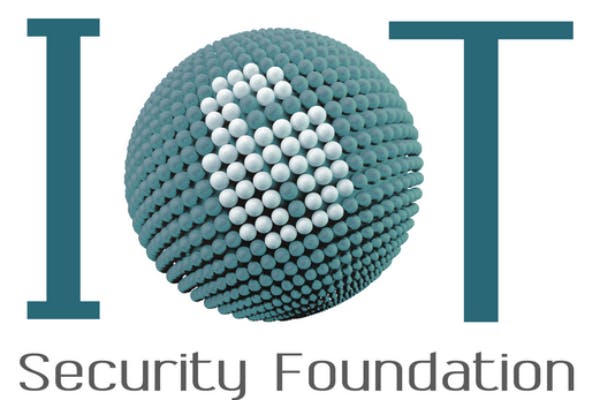IoTSF Security Compliance Framework
The Internet of Things Security Foundation (IoTSF) Security Compliance Framework is a set of guidelines and best practices aimed at ensuring the secure design, development, and deployment of IoT (Internet of Things) devices and their associated ecosystems.

Definition and purpose
The IoTSF Security Compliance Framework provides a comprehensive set of security and privacy guidelines to aid in the responsible creation of IoT products and services. It is designed to be scalable, allowing for implementation in various sectors and across different sizes of organizations. The framework's primary purpose is to address the security challenges associated with the ever-growing and evolving IoT landscape.
Governing Body
The framework is governed and published by the Internet of Things Security Foundation (IoTSF).
Last updated
The IoTSF Security Compliance Framework was last updated in December 2018.
Applies to
The IoTSF Security Compliance Framework is designed to be versatile and applies to all industries utilizing IoT technologies. This includes but is not limited to manufacturing, healthcare, transportation, smart cities, and consumer electronics.
Controls and requirements
The exact controls and requirements can vary based on the version and specific documents. Generally speaking, the IoTSF guidelines encompass:
- Governance - including risk assessment, security culture, and third-party collaborations.
- Secure Product Lifecycle - incorporating security in all stages from design, and development, to decommissioning.
- Secure Software Development Lifecycle (SDLC) - methodologies to ensure software robustness.
- Secure Device - hardware, software, and data protections.
- End-User Services - ensuring user privacy and security.
- Operational Resilience - including incident response and vulnerability reporting.
Please refer to the official IoT Security Compliance Framework Revision 2 documentation for a detailed list of controls and requirements.
Audit type, frequency, and duration
The framework suggests both self-assessments and third-party audits depending on the risk profile and organization size. The audit frequency is typically risk-based and may depend on the criticality of the IoT system, its environment, and any regulatory requirements. High-risk environments may need more frequent audits.
The duration is highly dependent on the size and complexity of the IoT system being audited and the scope of the audit.